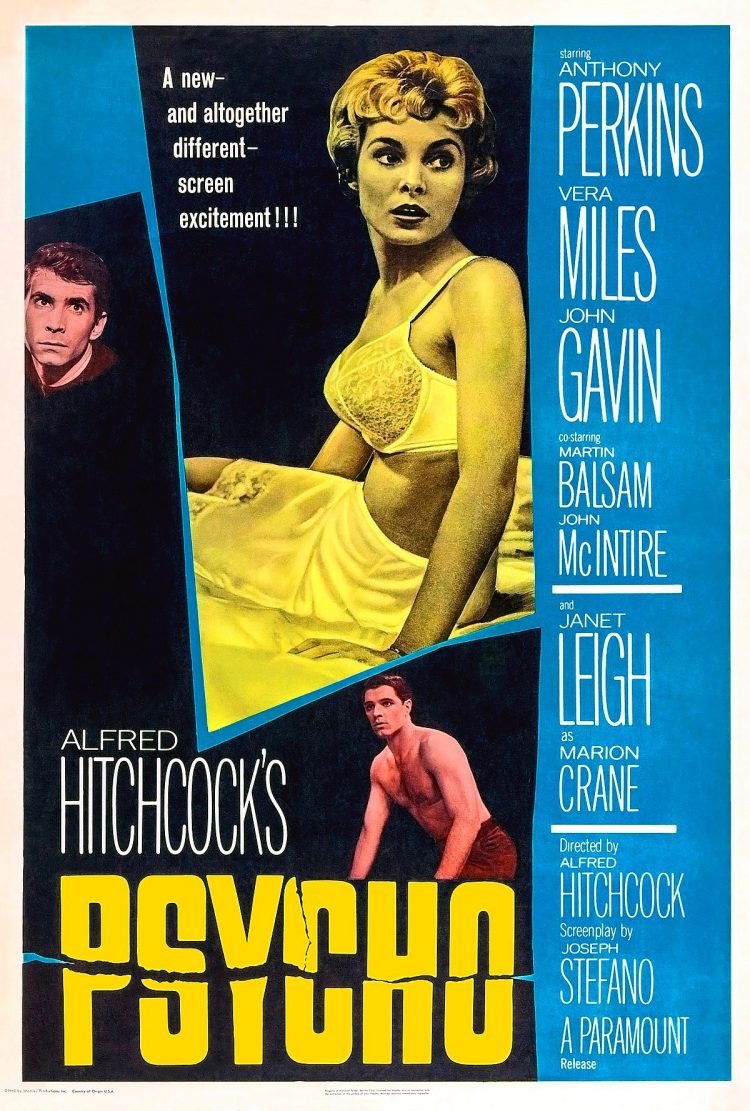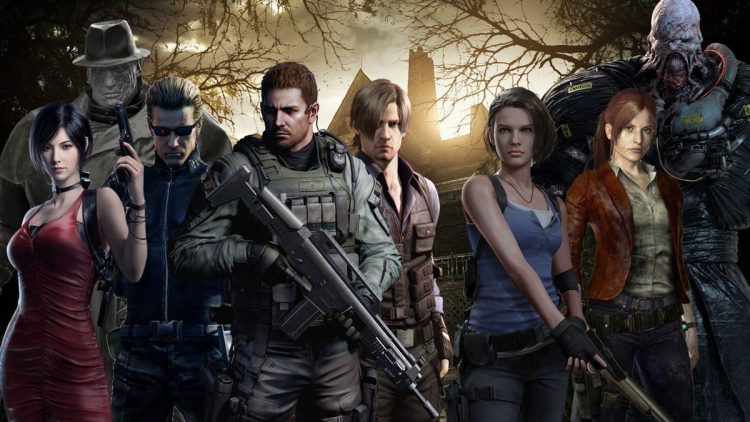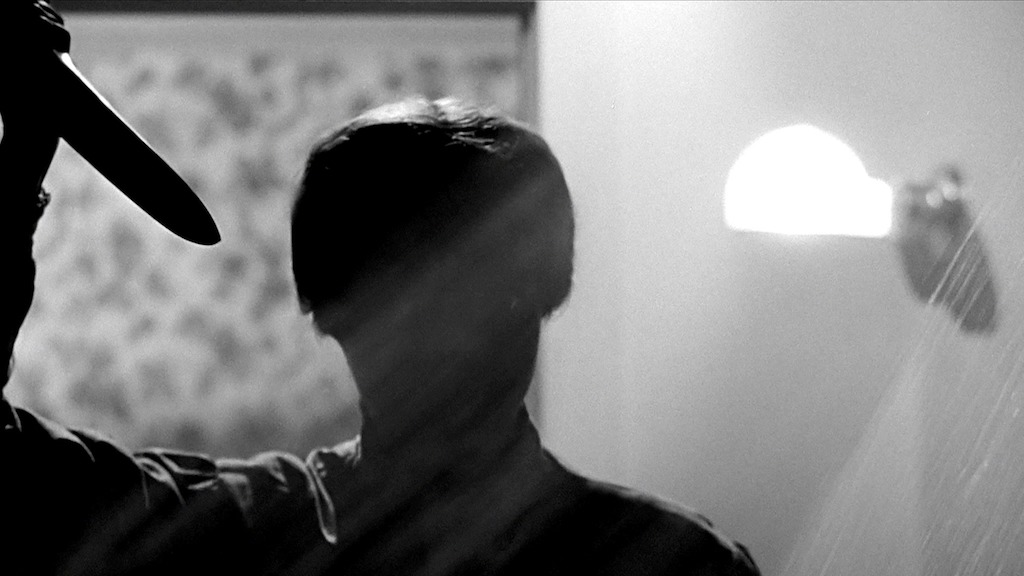The horror genre finds its roots in classical literature and stems from the Ancient Greeks, who wrote about demons. The Church then took the demon theme to a whole new level. Later on, works like Mary Shelley’s “Frankenstein” and Bram Stoker’s “Dracula” laid the foundation for horror, introducing supernatural creatures and exploring themes of science, morality, and the human condition. Classic horror relies on suspense, atmospheric settings, and unknown terrors to evoke fear and create a lasting impact on audiences.
It then was brought to the theaters, where its full potential was realized in the 1890s as versions of classical literature were brought to life. Not only has the way horror is portrayed evolved over the years, but how the audience perceives it also differs.
This is down to many different reasons, and this article will try to unearth why.

Delving Into Psychological Horror
From classic horror, it evolved from typical monster scares to more intricate and nuanced tropes. Psychological horror became extremely popular as it delved into a deeper, more relatable aspect of fear. “Psycho” by Alfred Hitchcock was one of the early films that brought this new genre to life and is still renowned today.
Delving into the psyche of an individual and exploring their anxieties and inner—rather than outer—demons adds another dimension that trumps what is hiding under your bed at night. This thought-provoking narrative changed the audience’s perception of the genre and immersed them in the minds of the characters.

Interactive Mediums
Thanks to the advancements in technology, horror is more interactive as it becomes more widely accessible throughout the internet. The best example of this can be found in games that are designed to create an immersive experience for players as they become part of the story.
Games inspired by movies like “Alien: Isolation” have become extremely popular as have stand-alone games like the “Resident Evil” franchise.
The horror genre is also prevalent in online casino games with slots immersing you in a terrifying narrative. They use popular shows like “The Walking Dead” to expand the genre in a storytelling narrative. The next step is the evolution of VR and AR technology, with popular games like “Five Nights at Freddie’s” being adapted to put the player at the heart of the story. These interactive mediums provide the user with the most intense and spine-chilling experience possible. Conclusion:
Horror has evolved leaps and bounds since its ancient beginnings and has molded itself around advancing technologies. Its influence stretches far and wide as it is prevalent in almost every form of entertainment. It has become a crucial part of popular culture now more than ever, as we now can fully immerse ourselves in terrifyingly brilliant ways.











